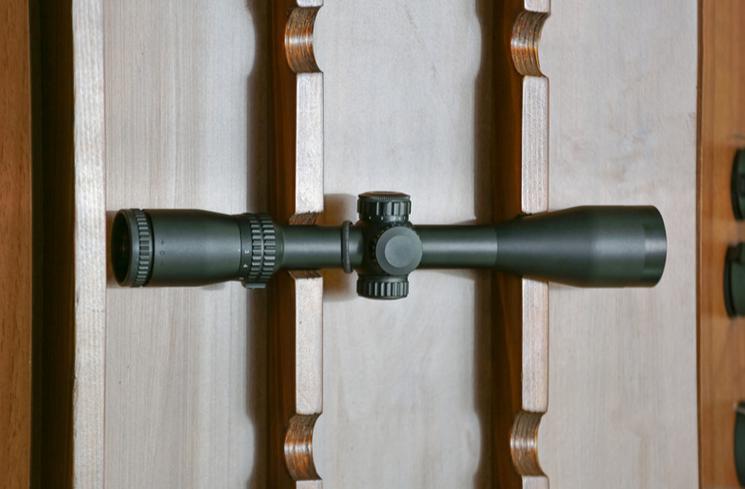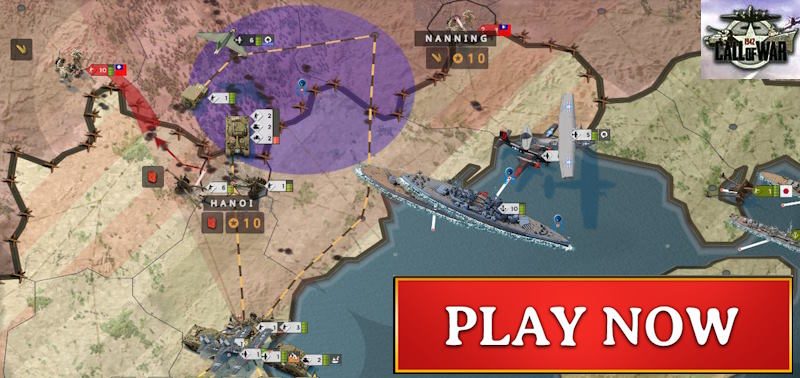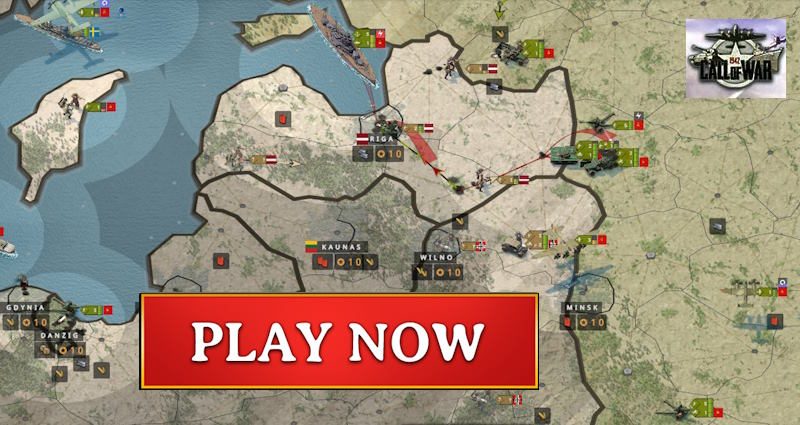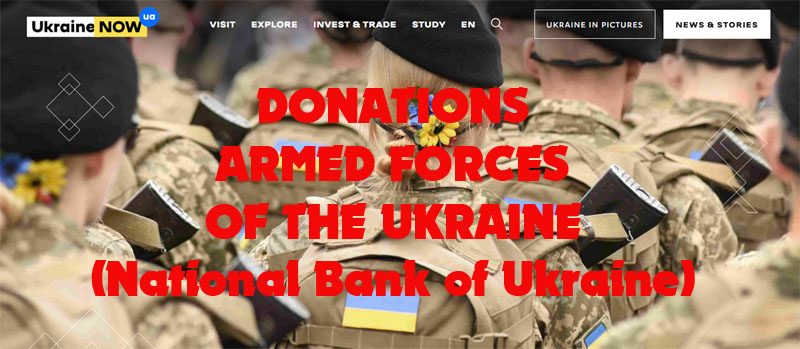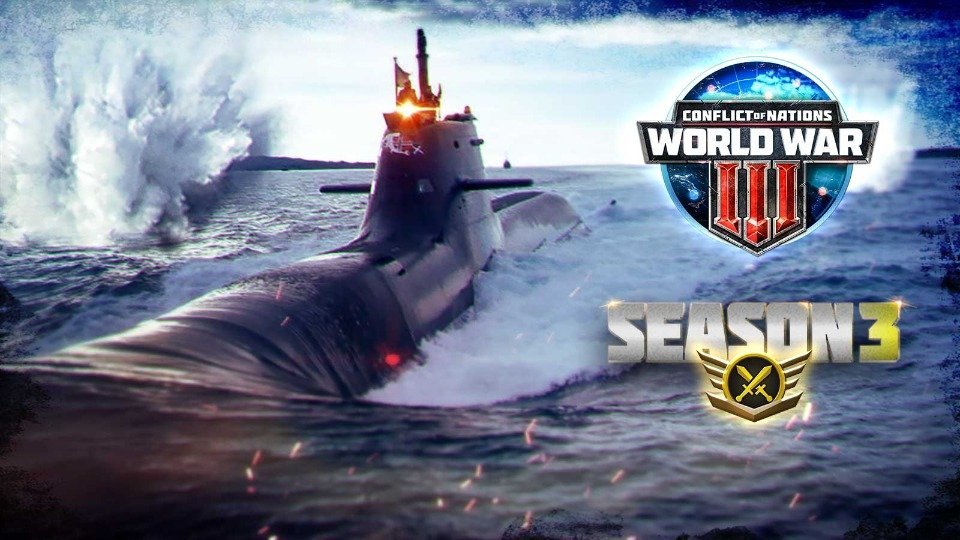Scopes and Sights: Enhancing Accuracy in WWII.
Introduction
Table of Contents
World War II was a pivotal period for advancements in military technology, particularly in the development of scopes and sights. Enhancing accuracy was essential for both infantry and sniper units, and the evolution of optical devices played a crucial role in the effectiveness of Allied and Axis forces. From sniper rifles with telescopic sights to infantry weapons with improved iron sights, these innovations shaped the battlefield and influenced modern optics. Whether you’re a shooter, collector, or enthusiast, USA Gunstore has the optics and firearm accessories you need—visit us today!
The Importance of Accuracy
In the chaos of war, precision can mean the difference between victory and defeat. Accurate shooting not only conserves ammunition but also increases the likelihood of hitting high-value targets, such as enemy officers, machine gun nests, and other strategically important positions. As a result, both sides invested heavily in developing and deploying advanced optical devices to improve the accuracy of their troops.
Telescopic Sights for Snipers
Snipers played a vital role in WWII, and the effectiveness of sniper operations was greatly enhanced by the use of telescopic sights. These devices allowed snipers to engage targets at long distances with a high degree of accuracy, providing crucial support to infantry units and disrupting enemy operations.
German Sniper Scopes
The German military was at the forefront of sniper rifle optics during WWII. The Karabiner 98k, a bolt-action rifle, was the standard-issue firearm for German snipers. It was often equipped with a variety of telescopic sights, such as the ZF39, which had a 4x magnification. This scope allowed German snipers to engage targets at distances up to 800 meters with precision.
German snipers were highly trained and relied on their optics to deliver accurate shots in various combat scenarios. The use of telescopic sights enabled them to perform critical missions, including counter-sniper operations and targeting key enemy personnel.
Allied Sniper Scopes
The Allies also recognized the importance of sniper operations and equipped their marksmen with advanced optics. The British Lee-Enfield No.4 Mk1(T) was a prominent sniper rifle used by British and Commonwealth forces. It was fitted with the No. 32 telescopic sight, which had a 3.5x magnification. This sight was rugged and reliable, allowing snipers to engage targets at long distances effectively.
In the United States, the M1903 Springfield rifle was a commonly used sniper weapon, equipped with the M73 and M81/M82 scopes. These scopes provided magnification and clarity, enabling American snipers to support infantry operations and disrupt enemy movements.
Infantry Weapon Sights
While sniper rifles were equipped with telescopic sights, standard infantry weapons also saw improvements in their sighting systems. Accurate shooting was essential for infantrymen, who often faced close to mid-range engagements in various combat environments.
Iron Sights
Iron sights were the standard sighting system for most infantry weapons during WWII. These simple yet effective devices consisted of a front post and a rear aperture or notch. The M1 Garand, the standard-issue rifle for American troops, featured adjustable iron sights that allowed soldiers to engage targets accurately at different ranges.
Iron sights were also used on the German Karabiner 98k and the Soviet Mosin-Nagant. Despite their simplicity, iron sights were effective and reliable, allowing soldiers to aim and fire accurately in the heat of battle.
Reflex Sights
Although less common, some experimental and specialized reflex sights were developed during WWII. These sights used a reflective lens to project an illuminated aiming point, allowing for faster target acquisition. The British experimented with the Cogswell & Harrison “Tube Sight,” an early reflex sight intended for use on Sten submachine guns. While it did not see widespread use, it represented an early step toward the development of modern reflex and red dot sights.
Artillery and Anti-Aircraft Sights
The need for accuracy extended beyond small arms to include artillery and anti-aircraft weapons. These larger weapons required precise aiming to hit distant or fast-moving targets, and optical sights played a crucial role in their effectiveness.
Artillery Sights
Artillery units relied on a variety of optical devices to improve accuracy. Gun sights, rangefinders, and aiming circles were used to calculate firing solutions and adjust for distance, elevation, and environmental factors. The German 88mm Flak gun, for example, was equipped with sophisticated sights that allowed it to be used effectively against both ground targets and aircraft.
Anti-Aircraft Sights
Anti-aircraft weapons required precise aiming to track and engage fast-moving enemy aircraft. Devices such as the Mark 14 Gun Sight, used by American anti-aircraft gunners, provided a reticle that helped predict the future position of an aircraft, improving the chances of a successful hit. These sights were critical in defending against enemy air raids and protecting ground troops and installations.
Technological Advancements and Impact
The technological advancements in scopes and sights during WWII had a profound impact on the effectiveness of military operations. Enhanced accuracy allowed for more effective engagements, reduced ammunition expenditure, and increased the survivability of soldiers on the battlefield.
Training and Doctrine
The effectiveness of these optical devices was also influenced by the training and doctrine of the respective militaries. Both the Axis and Allied forces invested in training their soldiers to use these sights effectively, incorporating marksmanship and target identification into their training programs. Snipers, in particular, underwent rigorous training to master the use of telescopic sights and the principles of long-range shooting.
Legacy and Influence on Modern Optics
The innovations in scopes and sights during WWII laid the groundwork for the development of modern optical devices used by today’s military and law enforcement agencies. Modern sniper scopes, red dot sights, holographic sights, and advanced targeting systems all trace their origins to the technological advancements made during the war.
Conclusion
The development and deployment of scopes and sights during World War II significantly enhanced the accuracy and effectiveness of both snipers and infantry units. These optical devices played a crucial role in the outcome of many battles, providing soldiers with the tools they needed to engage targets with precision. The legacy of these innovations continues to influence the design and use of modern optical sights, underscoring the enduring importance of accuracy in military operations.
From the telescopic sights used by snipers to the iron sights on infantry rifles, the advancements in optical technology during WWII helped shape the course of the war and left a lasting impact on the future of military marksmanship.


